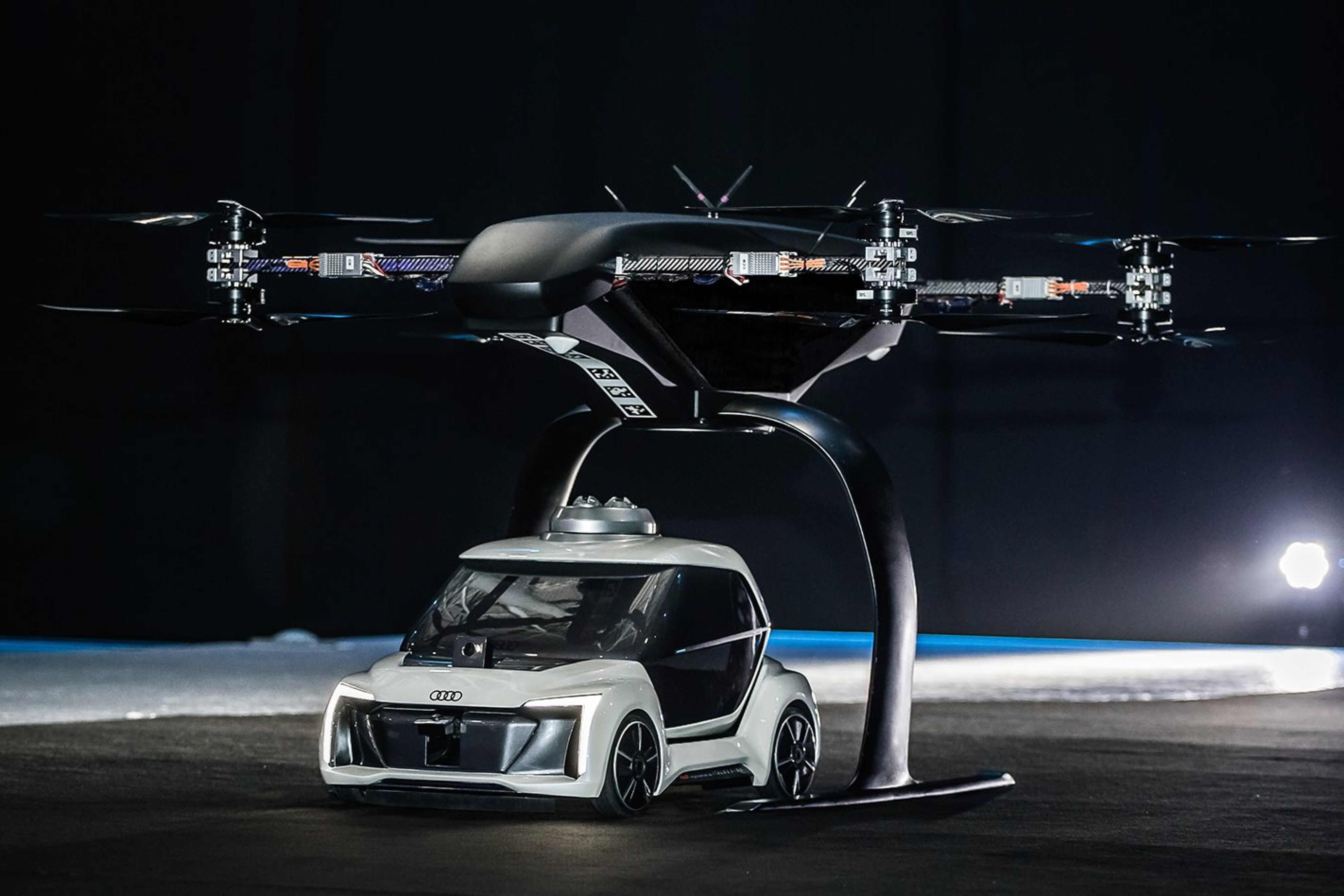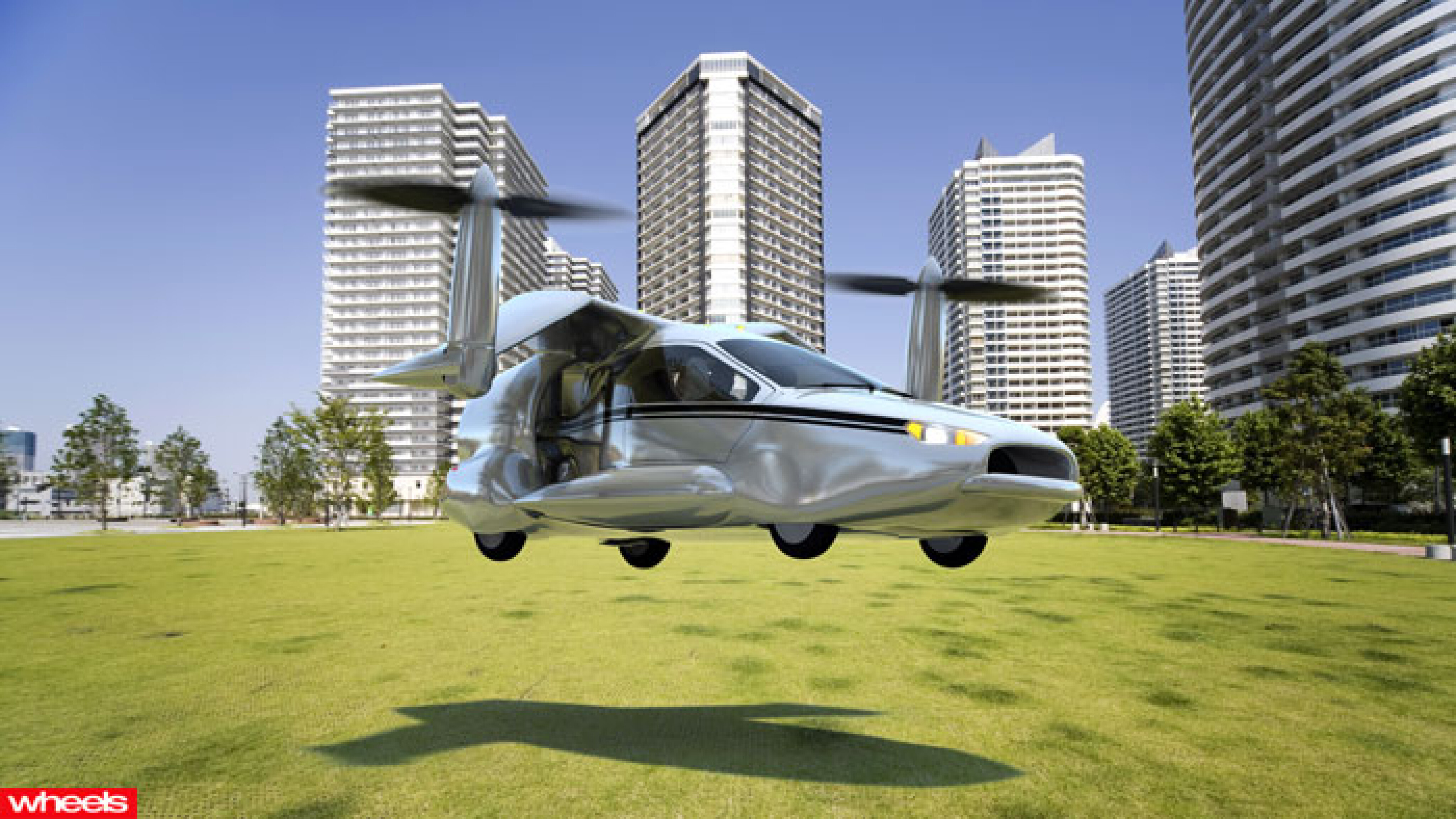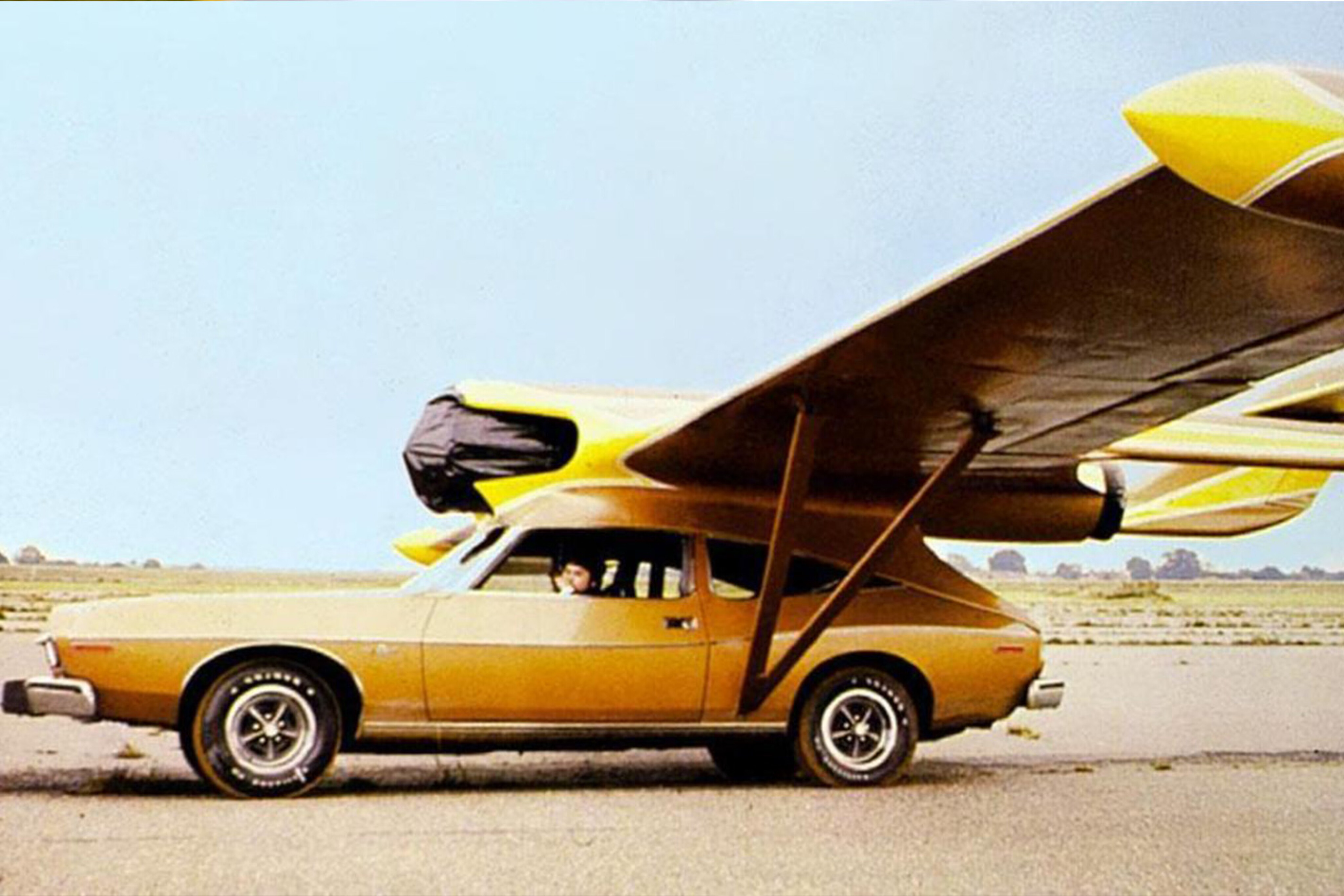
While August's Wheels detailed advances in the ‘personal mobility aircraft’ industry, it won’t surprise many of you that I remain deeply sceptical of the whole flying car thing.
The notion, I’ll admit, is a tantalising one. Who wouldn’t want to beat the traffic each day, commuting above the rooftops saving time and looking ridiculously cool in the process?
Over the years, personal air travel has featured in varying degrees of fantasy in these pages and yet, despite the frequency, production models have been about as successful as Saudi Arabian hypercars, never making it much further than an awkward prototype that doesn’t work.
In recent years, the absurd designs which represented little more than sedans with wings glued on in someone’s garage have evolved into marginally more passable machines thanks to the advent of drones or, to use their correct name – quadcopters.

Instead of requiring access to an airstrip at either end of your trip, the quadcopter design has the potential to take off and land virtually anywhere.
The key disadvantage over fixed-wind craft, however, is that in the event of power failure, big drones glide like the small ones − which is not at all.
Of course, the reliability of motors and electronics has improved immeasurably in recent years, but it won’t take many human-sized DJIs making unplanned high-velocity landings before proponents fall back in love with four wheels.
The real sticking point with flying cars is not in the hardware – the reason I’m confident they won’t catch on comes down to the sack of flesh and flaws sat at the controls. For a human to take to the skies in traditional aircraft, many hours of training, assessment and experience are required, and even then, the most frequent cause of a massive black scar in the side of a mountain where a helicopter used to be is pilot error.

Spend even a short time on our roads and it quickly becomes clear that most drivers struggle controlling a vehicle in just two dimensions so imagine the catastrophe if we threw a third into the mix.
So if we can’t be trusted to fly ourselves then autonomy is the only solution and here too, the idea of a flying car hits a hurdle.
While all the mainstream car manufacturers were vocal about fully autonomous vehicles in the early part of this decade, the bluster has comprehensively fallen off a cliff in recent years as the magnitude of the challenge dawned and predicted milestone dates lapsed.
Like driverless cars, for autonomous flying cars to work, they must exist in a world where no human-piloted vehicles can upset the harmony and cause the inevitable collisions when you mix man and machine.

In which Dan comes to an awkward realisation...
If going full self-flying is the way, it makes less sense to choke the skies with individual transport when many people can be ferried more efficiently in fewer, larger vehicles rather than a plague of tiny craft.
If we can nail all these challenges, then perhaps the flying car does stand a chance and will one day offer a revolutionary mode of transport that’s faster than driving, safer than land-based cars, can deliver you anywhere there’s supporting infrastructure, and is more environmentally sensitive.
All of which leads us to a somewhat unpalatable conclusion... The transport solution that solves these flying car issues has already been invented. It’s the train, tram, and bus.



COMMENTS